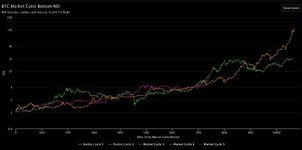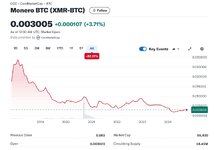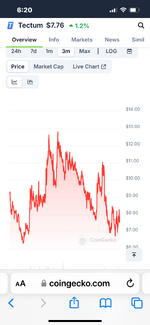Based_Christian_Dude
Catholic
I already saw his videos on Monero. Most of his arguments against Monero for Bitcoin is because it was first, has a higher price in fiat, and the usual store of value. Comically, I even remember one Bitcoin mining video of him saying there should be an ASIC in everyone's home, not realizing everyone already has a computer CPU available. Another one was when he was whining about the government on-chain surveillance. If you read the comments on his Odysee mirror of his YouTube Monero videos, people rightfully call him out for cucking out for Bitcoin.Just go to Matthew Kratter's BTC university and learn something there, since none of you want to learn here.
Here's more info on the FUD against Monero that Bitcoin bros like to criticize on:
https://sethforprivacy.com/posts/dispelling-monero-fud/
You lads are falling for the wrong coin. Even with the store of value arguement, what makes Monero inferior as a storing for wealth?
Last edited:









